Building Alignment for Lasting Change: Lessons from Transforming Hebrew Education
Arnee Winshall’s IR25 Remarks
Arnee Winshall, JEIC advisory board member
I am honored to address you today as we continue our sacred work of nurturing the next generation of Jewish thinkers, leaders, and community members. Our schools are not merely educational institutions—they are living ecosystems where Torah values, academic excellence, identity formation, and community building intersect daily.
The concept of alignment—hitlachdut in Hebrew—speaks to bringing together disparate elements into harmonious relationship. In our schools, this alignment is not just beneficial but essential for meaningful change and growth.
Our schools comprise many interconnected components:
● Students and their families
● Faculty and staff
● Board members and leadership
● Curriculum and programming
● Physical spaces and resources
● Community partnerships
● Mission and vision
When these elements operate in isolation or at cross-purposes, even the most well-intentioned efforts falter. True transformation occurs when these components move together with shared purpose and understanding.
Remember the wisdom of Mishlei, Proverbs 29:18: “בְּאֵ֣ין חָ֭זוֹן יִפָּ֣רַֽע עָ֑ם — Without vision, people perish.”
It is well worth taking time to revisit and reinvigorate your school's founding vision. What Jewish values form your foundation? What does success look like for your graduates? The answers must resonate across your entire community.
Create opportunities for stakeholders to connect with this vision personally. When parents, teachers, board members, and even students can articulate how their individual roles contribute to the larger purpose, alignment begins naturally.
The spaces between components often hold the key to alignment. Regular, transparent communication builds trust and can prevent misunderstandings that can derail progress and growth.
Consider how your communication structures either bridge or divide stakeholders. Are parent concerns reaching administrators? Do teachers have meaningful input into curriculum decisions? Does your board have authentic connection with classroom realities? Do you have a pulse on what the students are experiencing and feeling?
In our tradition, the practice of machloket l'shem shamayim—disagreement for the sake of heaven—reminds us that productive tension can yield deeper understanding. When different perspectives emerge, resist the urge to smooth over differences. Instead, create structured dialogue that helps everyone understand underlying values and concerns.
The Talmud tells us that both Hillel and Shammai's views were considered "דברי אלוהים חיים–words of the living God," even when they disagreed. Similarly, being an effective leader entails honoring diverse perspectives while maintaining forward momentum, having the courage to make difficult decisions when necessary, but the humility to acknowledge that no single person holds all wisdom, and modelling the learning mindset you hope to instill in your students.
Here are some ideas:
1. Establish Cross-Functional Teams: Create working groups that include representatives from different stakeholder groups. A curriculum committee for a new initiative might include teachers, parents, students, and administrators—ensuring multiple perspectives inform decisions.
2. Implement Regular Reflection Cycles: Schedule time throughout the year to assess how well your actions align with your stated values and mission. This might take the form of surveys, town halls, or structured reflection sessions.
3. Invest in Professional Development: Ensure faculty and staff have opportunities to deepen both their Judaic and pedagogical knowledge. When teachers feel supported in their growth, they become powerful agents of alignment.
4. Map Your Ecosystem: Visually represent the components of your school and how they interact. This exercise often reveals unexpected gaps or redundancies in your structure.
5. Celebrate Alignment Successes: When components of your ecosystem successfully work together to achieve meaningful results, publicly acknowledge and celebrate these moments.
The work of alignment is never complete. Like the study of Torah itself, it is an ongoing process of discovery, interpretation, and application. But through intentional attention to the connections between the components of your school ecosystem, you create the conditions for transformative change.
As we return to our schools and organizations, I encourage all of us to identify one area where greater alignment could unlock new possibilities. Begin there—not with sweeping reforms, but with thoughtful attention to how the pieces of oour unique ecosystems might better work together.
Remember the teaching from Pirkei Avot: “לֹא עָלֶיךָ הַמְּלָאכָה לִגְמֹר, וְלֹא אַתָּה בֶן חוֹרִין לִבָּטֵל מִמֶּנָּה — You are not obligated to complete the work, but neither are you free to desist from it."
Our daily efforts to align the components of our schools ecosystems form part of the longer arc of Jewish education and continuity.
May all of our work be blessed with wisdom, patience, and the joy that comes from seeing our students thrive in mission-driven and harmoniously aligned school communities.
L'dor v'dor—from generation to generation.


